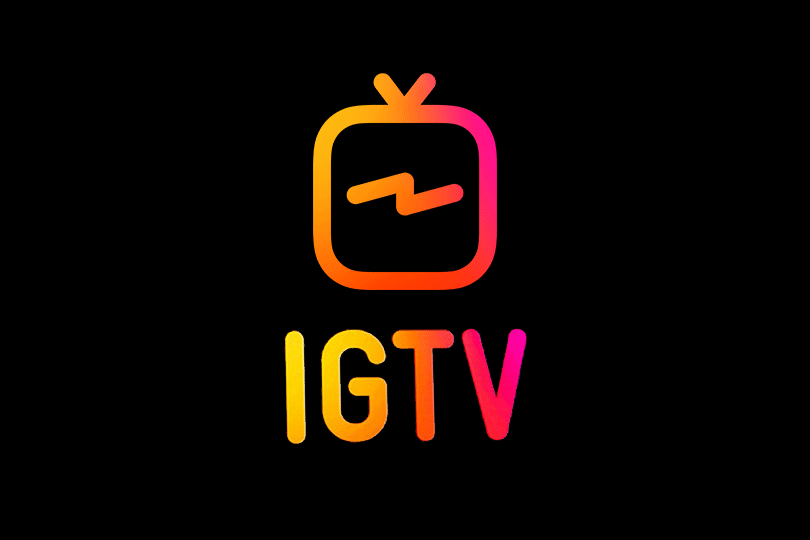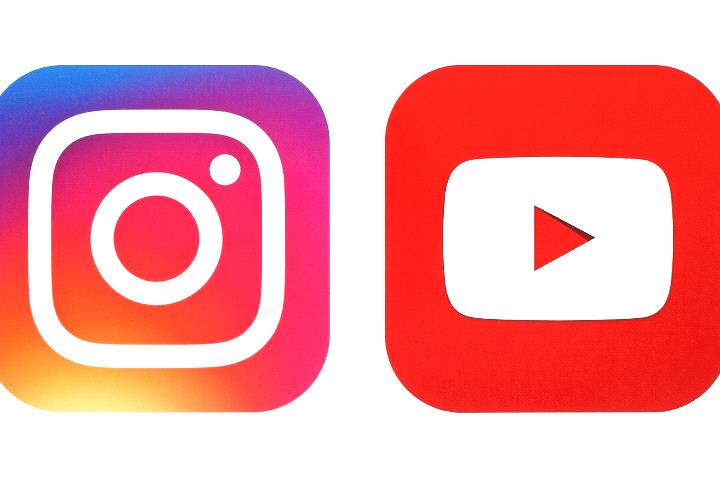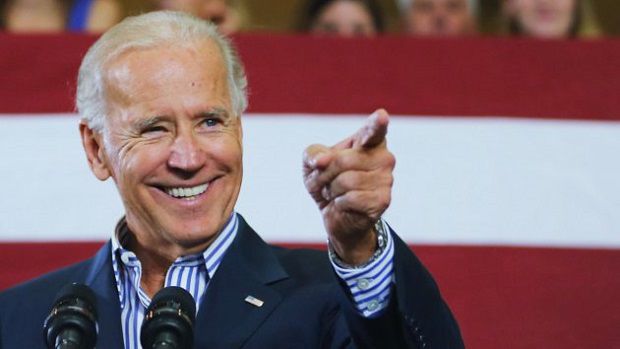By
AMY COUCH

On 20 June, Instagram launched its new app IGTV. The new platform, aimed at creators, allows users to upload and watch videos of up to one hour in length.
A recent 2018 study suggested that 58% of all video content is now viewed on mobile devices and with such rapid growth in mobile video, it seemed inevitable that a platform designed just for mobile devices and with access to Instagram’s existing one billion active users would prove successful.
Comparisons were immediately made with YouTube and Facebook Watch. However, questions soon arose relating to how the app would work for bloggers, influencers and other creators. Many of these bloggers and influencers were enjoying significant revenues via sponsored posts on the main Instagram platform. Would IGTV jeopardise their earning potential and dilute their audience size?
Exactly three months on, just how effective has IGTV become among the brands and creators for whom it was designed? More to the point, are audiences tuning in?
At its launch, Instagram CEO Kevin Systrom announced that it was “time for video to move forward and evolve”, heralding the app as the perfect platform for creators and brands.
Learning from YouTube
Video giant YouTube was embraced by influencers, brands and creatives from the very outset as the primary platform for long-form video sharing. One of the foremost reasons for its near monopoly of the market lies in its ability to pay creators through advertising, something which IGTV has yet to implement.

Inevitably, as its audience grows, IGTV will look to integrate ads into the app. In the meantime, brands have a clear opportunity to maximise their use of the platform without the disruption of ads to dilute the message.
That said, it is hard to deny that YouTube’s formula of influencers + sponsored stories = success has been a fruitful one, and it was always going to be difficult to convert users to a less proven platform still very much in its infancy. As the adage goes—if it ain’t broke, don’t fix it.
One of IGTV’s key selling points is that it offers 60-minute long video capabilities. However, only larger accounts have access to this feature. For an account with less than 10,000 followers, the maximum video length is 10 minutes. While this works to the advantage of large brands such as Netflix— who have created experimental content to promote its shows—it has proven to be a disincentive for smaller brands who may have otherwise considered testing the platform.
Factor in the maximum running length of a Facebook Watch video across all accounts is 45 minutes, IGTV all of a sudden looks a little less attractive.
Who’s doing it well?
Brands including Louis Vuitton and National Geographic are some of the early adopters to utilise the long-form video platform to showcase more cinematic productions. Meanwhile the likes of Bacardi have used it to create exclusive content for their users.
Mercedes-Benz recently published a short film on IGTV, celebrating its 130-year anniversary. The video, however, was not an IGTV exclusive. It was also shared on YouTube and shorter edits of the video were published on Facebook and Twitter.
Interestingly, when the same video was posted to both IGTV and YouTube, YouTube received nearly 5,000 more views in the first few days (44,000 vs 39,000). While this contrast is relatively insignificant, it shows how YouTube is still the more dominant platform.
Other brands to embrace IGTV include Spotify and Warby Parker, both of whom released unique content to redirect their followers from the main Instagram app.
Joe Biden — an early adopter
Despite the current drawbacks, there are signs that other professions are beginning to embrace the platform. Just this week alone, the media company ATTN: announced that it will launch a new 10-episode IGTV series, hosted by former US Vice-President Joe Biden.

News of the series has led certain onlookers to speculate on whether Biden will run for US President in 2020. It also raises the question: is IGTV a platform where younger people will go to engage with news and politics? If the answer is yes, then the two-month build-up to the US Primaries could represent a crucial growth period for IGTV. The White House has already posted several short videos on the platform, while news organisations such as CNN and MSNBC regularly post content.
Despite the initial excitement around the launch of IGTV, brand and audience engagement rates with the platform remain lower than expected. However, Kevin Systrom and his colleagues will likely take a longer view of things.
Consumers will always pursue high-quality content and brands could benefit from monitoring the development of the IGTV platform. Since it is new and unexplored, it provides a space for brands to experiment with its capabilities, test new creative ideas and learn more about their audience in the process.
At present the platform feels like little more than a novelty—a new toy for major brands with pockets deep enough to experiment and take risks. However, with time and fine-tuning, it has the potential to become a broadcasting giant.
AMY COUCH
Amy is a Digital Executive at PR360. She helps clients to build brand awareness and connect with their audience using social media. Amy likes keeping up to date with the latest social media developments and bringing fresh ideas to a project, usually with a cup of coffee in hand.

